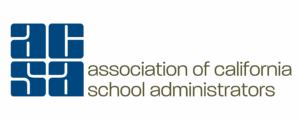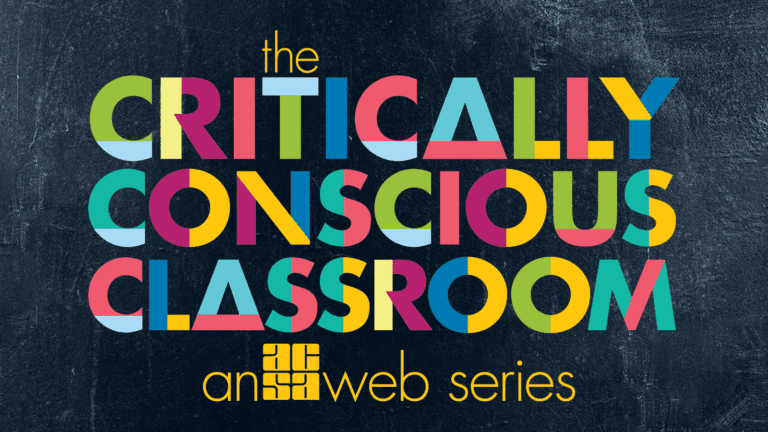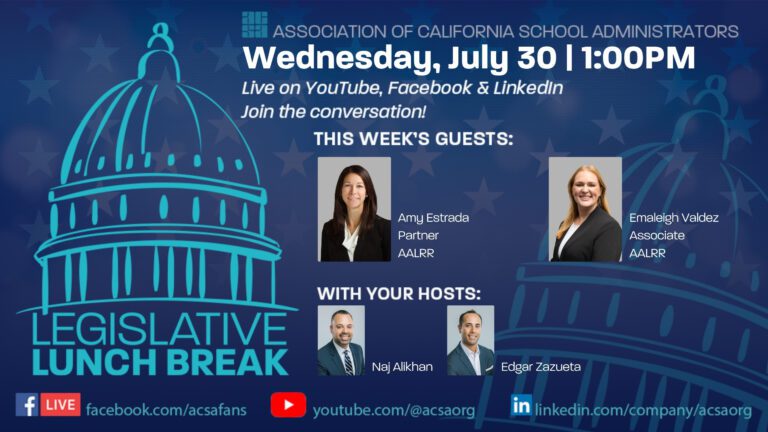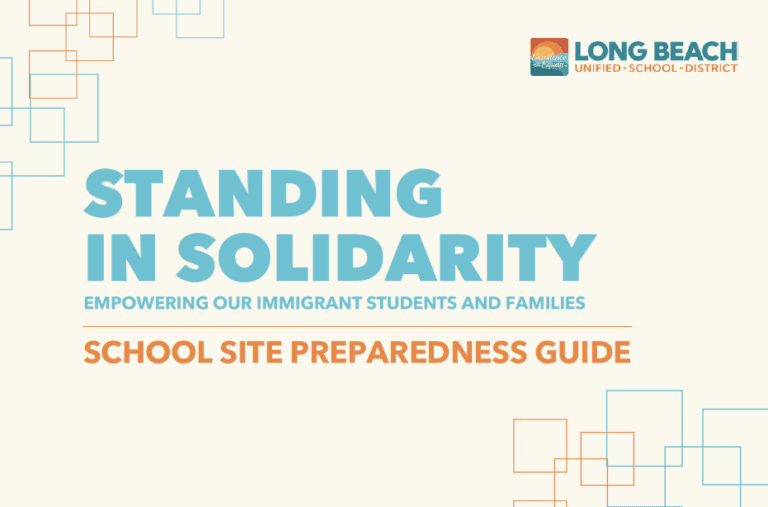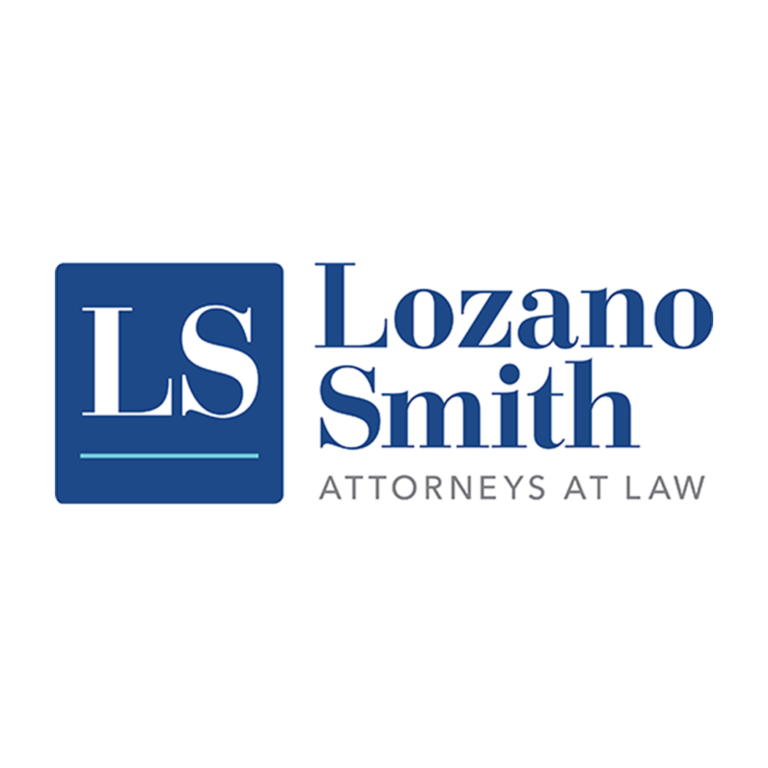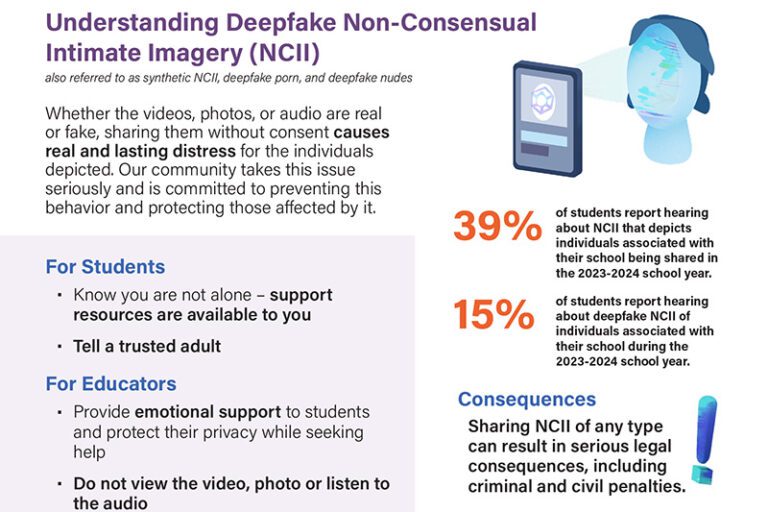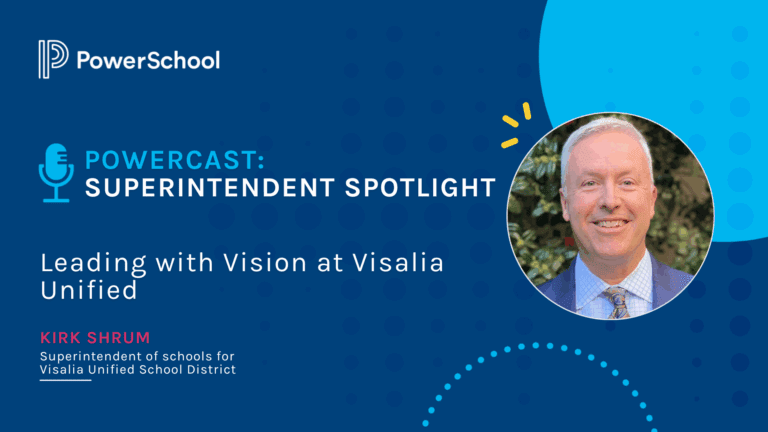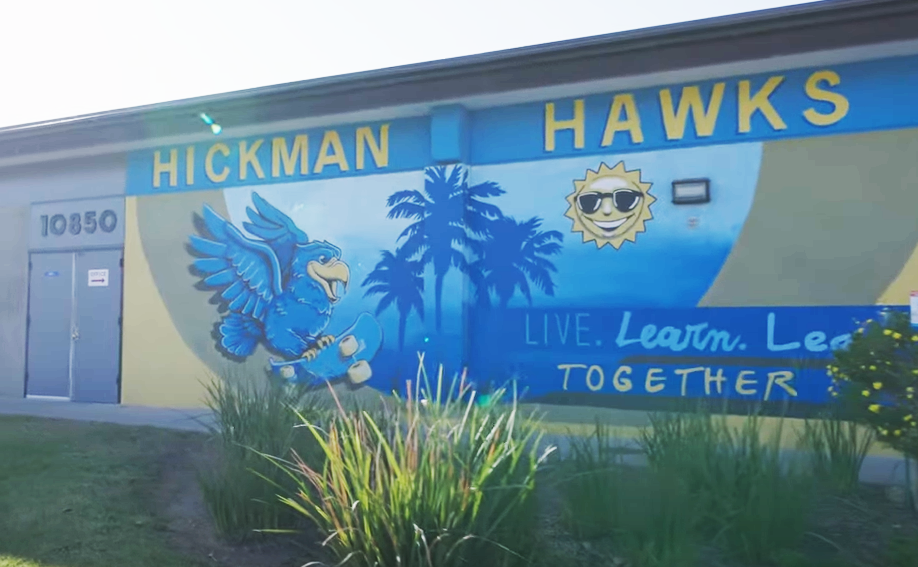
By Dr. Oscar Macias, assistant superintendent, Instructional Services, Burbank Unified School District.
Are you about to interview for a school or district leadership role or did you just interview for one, two, or several? If you were successful, congratulations to you and my sincerest best wishes as you begin your service. Perhaps you did not get the job you wished for and you are disappointed and upset.
In the wake of a setback or rejection, where the job and title once envisioned remains just out of reach, an educational leader is reminded that true strength lies not in immediate success but in the grace with which one navigates disappointment.
Though the professional and personal sting of not securing the desired job is undeniable, maintaining poise and respect in the face of adversity is paramount. Every gesture and word during these trying moments is meticulously observed, serving as a silent testimony to one’s character and potential for future leadership. Indeed, while it may seem neither just nor fitting, the reality is that our responses to rejection are just as critical as our triumphs, sculpting the perception others form about our capabilities and integrity.
When I was an assistant principal at a high school for six years, I felt confident that I was the obvious choice to step into the principal role. I had dedicated myself to building strong, positive relationships with teachers, support staff, students, and community members. So, when I did not get the position, I was shocked and deeply disappointed. My initial reaction was far from graceful; my frustration and dismay were clear in both my words and actions.
Little did I know, this moment was being closely seen by district officials and community members, essentially serving as an unplanned interview for my future opportunities.
School and district leaders are constantly under the microscope, with every verbal remark and non-verbal cue scrutinized by educators, parents, and community stakeholders alike. Every email sent — with its tone, timeliness, and level of detail — every phone call filled with empathy or abruptness, and every meeting where body language and demeanor speak volumes, contribute to a cumulative judgment of a leader’s character. Consider, for example, a thoughtful, well-crafted email responding to community concerns, which can cultivate trust and respect, as opposed to a curt response that might spark doubts about a leader’s commitment. Similarly, a leader who makes a point of attending important school events — be it a parent-teacher evening, a school play, or a community event — is often perceived as engaged and dedicated, while frequent absences or delays in communication, like missed calls or unreturned messages, can skew perceptions toward disinterest or detachment. Even casual interactions, such as greeting colleagues with genuine eye contact or engaging politely in hallway conversations, add up to an overall impression that people are quick to assess, regardless of the inherent fairness of such snap judgments. Although it might seem unjust that personal interactions—visible in both formal and informal contexts — play such a significant role in professional evaluations, this reality underscores the essential role of attitude and professionalism in leadership.
For superintendents, principals, assistant principals, and district-level administrators, professional reputation and interpersonal skills are always on display. Unlike traditional job searches with formal panels and predetermined questions, the most pivotal career advancements often come from relationships built over time. Every professional interaction is a chance to prove leadership — and potentially open doors to future career growth or stymie professional opportunities.
In fact, a 2023 study by the American Association of School Administrators found that nearly 40% of superintendent hires were influenced by informal networking encounters. For public school and district leaders, this reality underscores a critical truth: You never know when you are interviewing for your next job.
This article explores why education leaders must approach every professional interaction with intentionality, how to cultivate a strong leadership presence, and strategies to ensure you are always “interview ready.”
The key to success lies in always being prepared, presenting your best self, and recognizing that in education leadership, the next opportunity could come when you least expect it.
The Unseen Interview: How Opportunities/Lost Opportunities Arise Unexpectedly
1. Professional Networking as a Continuous Interview Process
Public education is a tightly connected field. Superintendents move between districts, principals are tapped for central office roles, and county offices of education recruit leaders based on reputation. Unlike corporate sectors where headhunters discreetly approach candidates, educational leadership transitions often happen through:
Meeting Conversations – A discussion with a colleague or interaction with a direct supervisor at a meeting could lead to an invitation to apply for an open position.
Collaborative Projects – Working with colleagues, district officials and community partners on a grant or initiative may showcase your leadership style to potential employers.
Community Events – School board members, mayors, community members and district leaders observe how you engage with all educational partners — often influencing future hiring decisions.
2. Social Media and Digital Footprint as a Passive Interview
In today’s digital age, your online presence serves as a 24/7 professional portfolio. Hiring committees routinely review:
- LinkedIn profiles for career trajectory and endorsements.
- Twitter/X/Instragram threads to gauge thought leadership and communication style.
- Blogs or published articles that demonstrate expertise.
A poorly managed social media presence can derail opportunities before they even arise. Conversely, a strategically curated one can position you as a thought leader.
How to Be “Always On” (Without Being Inauthentic)
The idea of treating every interaction as an interview might sound exhausting, but it doesn’t require perfection — just consistency. Here’s how to maintain professionalism while staying genuine:
1. Lead with Solutions, Not Just Problems
School and district leaders are often approached with challenges—budget shortfalls, staffing crisis, or community discontent. How you frame these issues matters. Instead of venting frustrations in public forums, position yourself as a problem-solver:
Weak approach: “The state mandates are killing our budget.”
Strong approach: “We’ve creatively reallocated resources to meet state requirements while protecting classroom funding.”
This mindset ensures that even in difficult conversations, you’re seen as a leader who navigates challenges effectively.
2. Build Authentic Relationships (Not Transactionactional Ones)
People recommend leaders they trust, not just those with impressive resumes. Key strategies include:
Active Listening – Show genuine interest in others’ perspectives.
Follow-Up – If you promise to share a resource or make an introduction, do so promptly.
Reciprocity – Offer support without expecting immediate returns.
3. Demonstrate Vision in Everyday Actions
Leadership isn’t just about managing the present — it’s about inspiring a better future. Even in routine meetings, articulate a clear vision:
Data-Driven Decisions – Use evidence to support initiatives.
Student-Centered Focus – Always tie decisions back to student outcomes.
Innovative Mindset – Be open to new approaches, even in small pilot programs.
Navigating the Hidden Job Market in Education Leadership
Many top-tier positions are filled before they’re publicly posted. To access these opportunities:
1. Cultivate a Strong Advisory Network
Mentors: Experienced leaders who can provide guidance and advocate for you.
Peers: Colleagues who may hear of opportunities first.
Board Members & Community Leaders: Influencers who shape hiring decisions.
2. Stay Visible (Without Over-Politicking)
- Be an active ACSA member within your district’s charter and the region.
- Present at conferences to share and show off your leadership abilities.
- Serve on regional committees.
- Write for education publications.
3. Be Prepared for the “Soft Offer”
Sometimes, opportunities arise informally:
“Have you ever considered leading in the capacity of…?”
“We’re restructuring our leadership team—would you be open to a conversation?”
These moments require tact. Express interest without committing prematurely.
Conclusion: Leadership is a Continuous Audition
For public school and district leaders, the next career opportunity may come from the most unexpected interaction. By maintaining professionalism, building authentic relationships, and consistently demonstrating visionary leadership, you position yourself for advancement — even when you’re not actively job searching.
The best leaders don’t just wait for openings; they create them through their daily actions. So the next time you step into a meeting, a conference, or even a casual coffee chat, remember: You never know when you’re interviewing for your next job.
Oscar Macias, Ed. D., has served for over 25 years in public education. He was a campus supervisor, a classroom teacher, high school assistant principal, a middle school principal, a Director of Education of Equity, Access, and Family Engagement, and Director of Secondary of Education, Diversity, Equity and Inclusion. He is currently the Assistant Superintendent of Instructional Services for the Burbank Unified School District. He is a proud member, supporter, and advocate of ACSA.


